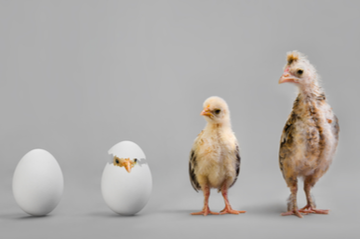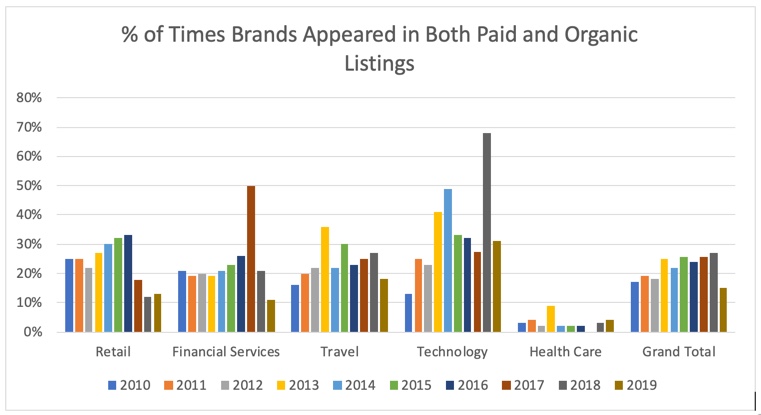
The search landscape has always been one that is evolving. Right now the big discussion is around Google’s control on how much search traffic goes to publishers vs. stays on Google.com.
This might end up being a really big point for Google when it comes down to challenging the long-held point of view that competition is just one click away.
Over the past ten years that I’ve been writing for this publication, I’ve written an article each year[1] where I review how paid and organic search can work together, and how brands appear in search listings. This article over the past few years has started to evolve into how Google has changed the search page. These changes include the inclusion of more paid search results, shopping, and local listings. As you will see from the data there is certainly a trend that is fueled by both Google’s growth objectives as a publicly-traded company, as well as consumer behavior shifts (that are, mobile and local).
The first piece is the overlap of paid and organic listings. What I’m tracking here is the number of times a brand appears in both paid and organic search results as a percentage of total paid results. For example, if there are three paid search ads, and GEICO, Progressive and Liberty Mutual all appear in both the paid and organic listings that would score 100%. I’ve been tracking five verticals since 2010. What’s really interesting is over the past few years the amount of overlap has gone up on average. However, this year the overlap dropped by 44% year over year. This had a lot to do with the drops across financial services, travel, and technology.

Source: Google Search Data

